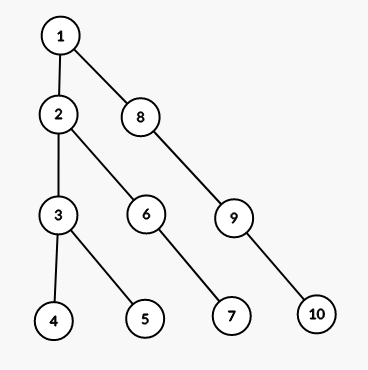I am using -Werror=uninitialized locally in g++ args. It prevents me from bugs like this
int x;
++x;
But today I realized that my typical code of dfs on tree passes this check
vector<int> tin(n);
int tn;
function<void(int, int)> go = [&](int v, int p) {
tin[v] = tn++;
...
};
So after playing with lines of code I came to this successfully compiled code
int n = 100;
vector<vector<int>> g(n);
int tn;
++tn; //HELLO WHERE IS MY CE???
function<void()> f = [&] {
cout << tn << endl;
};
f();
What interesting is that commenting vector g will result a compilation error. Replacing std::function to lambda will result a compilation error. Moving g under ++tn will result a compilation error...
I am very tilted now. Mike please add g++14 with "deducing this" support...










 , then iterate all integer
, then iterate all integer  . Total complexity is
. Total complexity is  complexity. How to calculate divisors of divisors? Need to know that for the given constrains for
complexity. How to calculate divisors of divisors? Need to know that for the given constrains for  .
.
